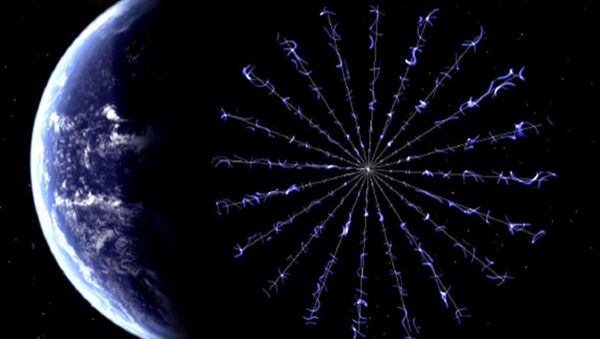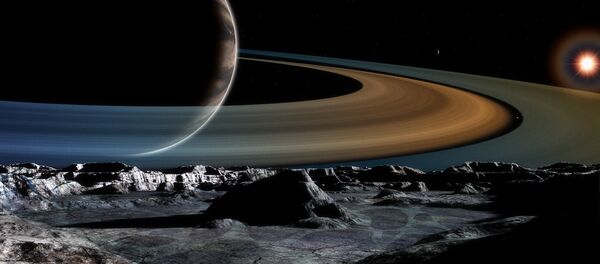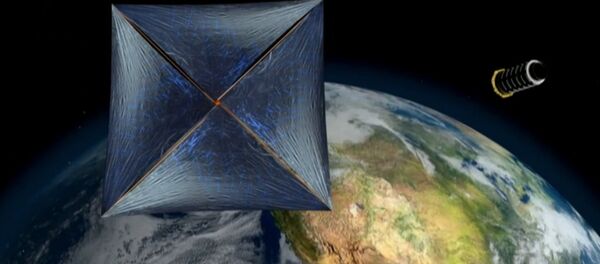Currently, one of the most promising technologies for decelerating a spacecraft on an interstellar mission is the magnetic sail, which uses the deflection of interstellar matter via a magnetic field to decelerate the spacecraft.
However, while the magnetic sail is very efficient at high velocities, its performance decreases with lower speeds.

"Using both sails sequentially outperforms using only the magnetic or electric sail for various mission scenarios and velocity ranges, at a constant total spacecraft mass."
For decelerating to interplanetary velocities from five percent of the speed of light in a vacuum, the scientists calculated that a spacecraft with a total mass of 8250 kg would take about 40 years with a magnetic sail, 35 years with an electric sail, and 29 years if it has both sails.





